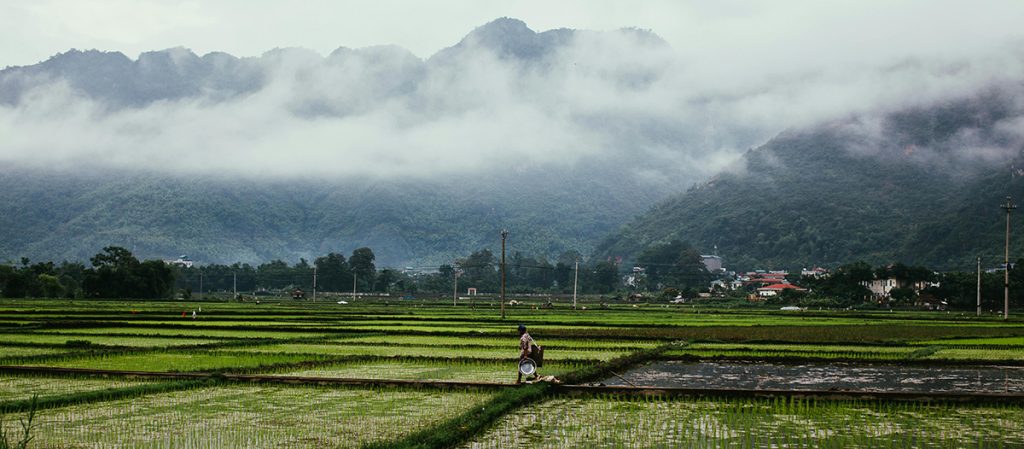
Bioenergy in Southeast Asia: Embracing Renewable Opportunities
Southeast Asia, a region rich in natural resources and diverse ecosystems, is increasingly recognizing the potential of bioenergy as a sustainable and renewable energy source. With abundant biomass resources, including agricultural residues, forestry waste, and organic municipal waste, several countries in the region are actively exploring and developing bioenergy solutions to meet their growing energy demands while promoting environmental sustainability.
Biogas and Biomethane: Circular Economy Champions
One of the most prominent bioenergy formats in Southeast Asia is biogas, produced through the anaerobic digestion of organic materials. Thailand, in particular, has emerged as a leader in biogas production, with over 1,000 biogas plants in operation as of 2021. Renowned experts like Dr. Bundit Fungtammasan from King Mongkut’s University of Technology Thonburi and Dr. Amnat Sarthi from the Asian Institute of Technology have made significant contributions to advancing biogas technologies and policies in the region.
Biomethane, the purified form of biogas, is also gaining traction as a renewable substitute for natural gas. Countries like Malaysia and Indonesia are exploring the potential of biomethane for heating, power generation, and transportation purposes. Companies like Sime Darby Plantation (Malaysia) and Pertamina (Indonesia) are pioneering innovative biomethane projects.
Solid Biomass and Liquid Biofuels: Diverse Applications
Southeast Asia’s vast agricultural and forestry sectors provide ample opportunities for the utilization of solid biomass and liquid biofuels. Indonesia and Malaysia are leading producers of wood pellets and other solid biomass products, with companies like Acacia Biomass Industries (Indonesia) and Pellet Green Sdn. Bhd. (Malaysia) playing a significant role in the production and export of these renewable energy sources.
Liquid biofuels, such as biodiesel and bioethanol, are also emerging as viable options in the transportation sector. Indonesia and Malaysia are global leaders in the production of biodiesel derived from palm oil, while Thailand and the Philippines have made strides in developing bioethanol from sugarcane and other agricultural feedstocks.
Renowned Experts and Research Institutions
Southeast Asia boasts several renowned experts and research institutions dedicated to the advancement of bioenergy technologies and policies. Dr. Wan Ramli Wan Daud from Universiti Kebangsaan Malaysia is a pioneer in the field of biomass gasification and syngas conversion, while Dr. Krittayakiern Polprasert from the Asian Institute of Technology is a leading expert in bioenergy sustainability and policy analysis.
The Energy and Environmental Institute (EEI) at Kyushu University in Japan, in collaboration with research institutions across Southeast Asia, has been actively involved in bioenergy research and technology transfer in the region.
Breakthroughs and Developments
Southeast Asia has witnessed several notable breakthroughs and developments in the bioenergy sector. For instance, the Malaysian company Bioeconomy Corporation has developed a groundbreaking technology for converting palm biomass into high-value biochemicals and biofuels through a process called pyrolysis.
Additionally, the Thai company Mitr Phol Group has made significant strides in developing sustainable biofuels from sugarcane and other agricultural residues, showcasing the potential for innovative biomass valorization strategies.
Challenges and Opportunities
While the bioenergy sector in Southeast Asia holds immense potential, it also faces several challenges, including limited infrastructure, regulatory hurdles, and the need for increased investment and technological transfer. Additionally, sustainable land management practices and the conservation of valuable ecosystems pose unique challenges in the region.
However, with growing international collaboration, knowledge-sharing, and supportive policies, these challenges can be overcome, paving the way for a more sustainable and diverse energy future in Southeast Asia. The region’s abundant biomass resources, coupled with its rapidly growing energy demand, present exciting opportunities for economic growth, energy security, and environmental sustainability.
As Southeast Asia continues to explore and develop its bioenergy resources, it can contribute significantly to the global transition towards a low-carbon economy, while addressing its own energy needs and environmental challenges.
